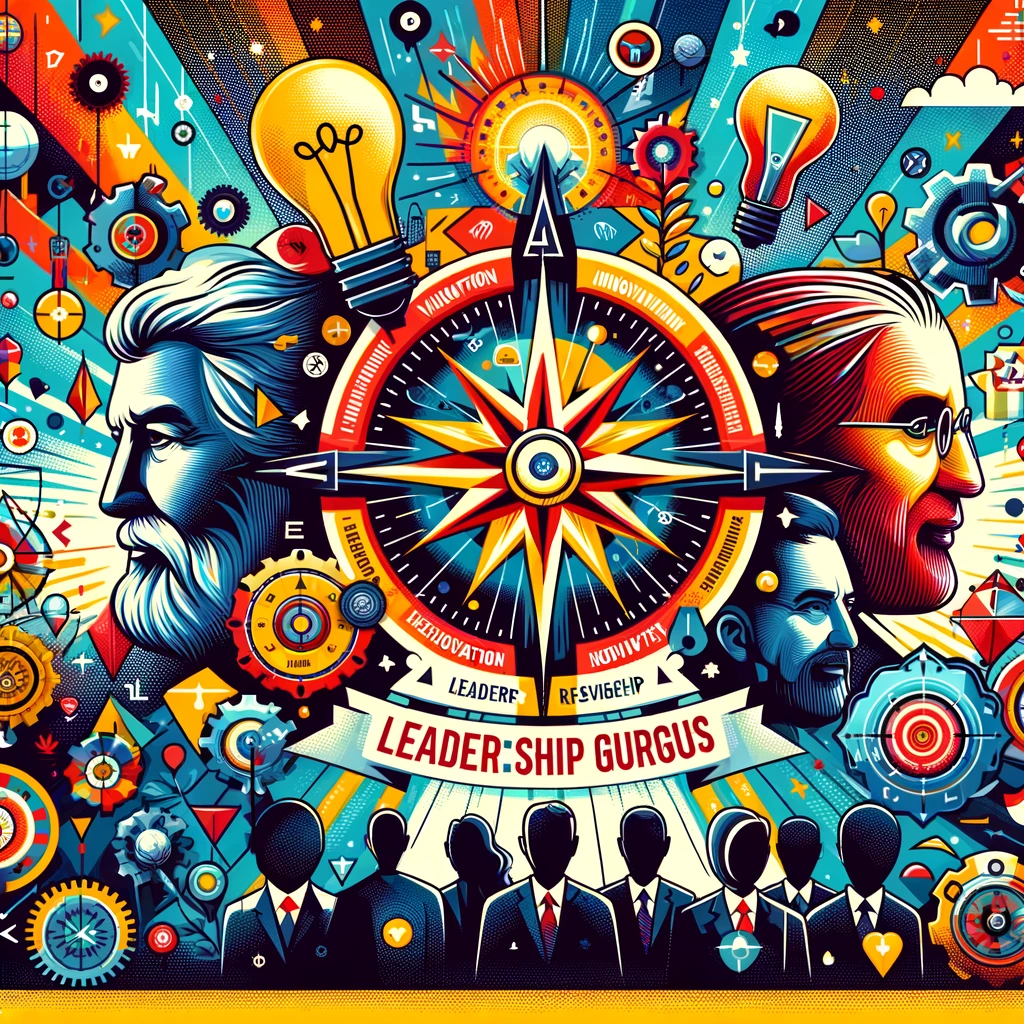The Capability Maturity Model Integration (CMMI) is a process improvement framework for organizations seeking to improve their product development and service delivery processes. The CMMI model provides a set of best practices for process improvement and is used by organizations in various industries to improve quality, reduce costs, and increase efficiency.
The CMMI model is organized into five maturity levels, from Level 1 (Initial) to Level 5 (Optimizing). Each level represents a level of maturity in the organization's processes, with Level 5 representing the highest level of maturity.
At Level 1, organizations have ad hoc processes that often need more structured and consistent. At this level, processes need to be more well-defined, and there needs to be more standardization across the organization.
At Level 2, organizations have established basic processes that are repeatable and consistent. At this level, processes are documented, and there is some standardization across the organization.
At Level 3, organizations have established standard processes that are well-defined and consistently applied. At this level, processes are tailored to specific projects or product lines, focusing on continuous process improvement.
At Level 4, organizations have established quantitative processes that are measured and controlled. At this level, processes are monitored, measured, and analyzed to identify areas for improvement.
At Level 5, organizations have established a culture of continuous process improvement, and processes are continuously optimized to meet changing business needs. At this level, processes are continually refined to improve efficiency, reduce costs, and improve quality.
The CMMI model also includes a set of process areas, which are specific areas of focus for process improvement. The process areas are organized into two categories: process management and technical management.
Process management process areas focus on managing the organization's processes, including project planning, project monitoring and control, and process improvement.
Technical management process areas focus on managing the organization's technical processes, including requirements management, configuration management, and quality assurance.
The CMMI model is often used as a benchmarking tool, allowing organizations to compare their processes and performance to industry best practices. Organizations can also use the CMMI model to identify areas for improvement, develop a roadmap for process improvement, and measure progress over time.
In conclusion, the Capability Maturity Model Integration (CMMI) is a process improvement framework for organizations seeking to improve their product development and service delivery processes. The CMMI model is organized into five maturity levels, each representing a level of maturity in the organization's processes. The model also includes process areas and specific focus areas for process improvement. The CMMI model is often used as a benchmarking tool, allowing organizations to compare their processes and performance to industry best practices. Adopting the CMMI model can result in improved quality, reduced costs, and increased efficiency.


















